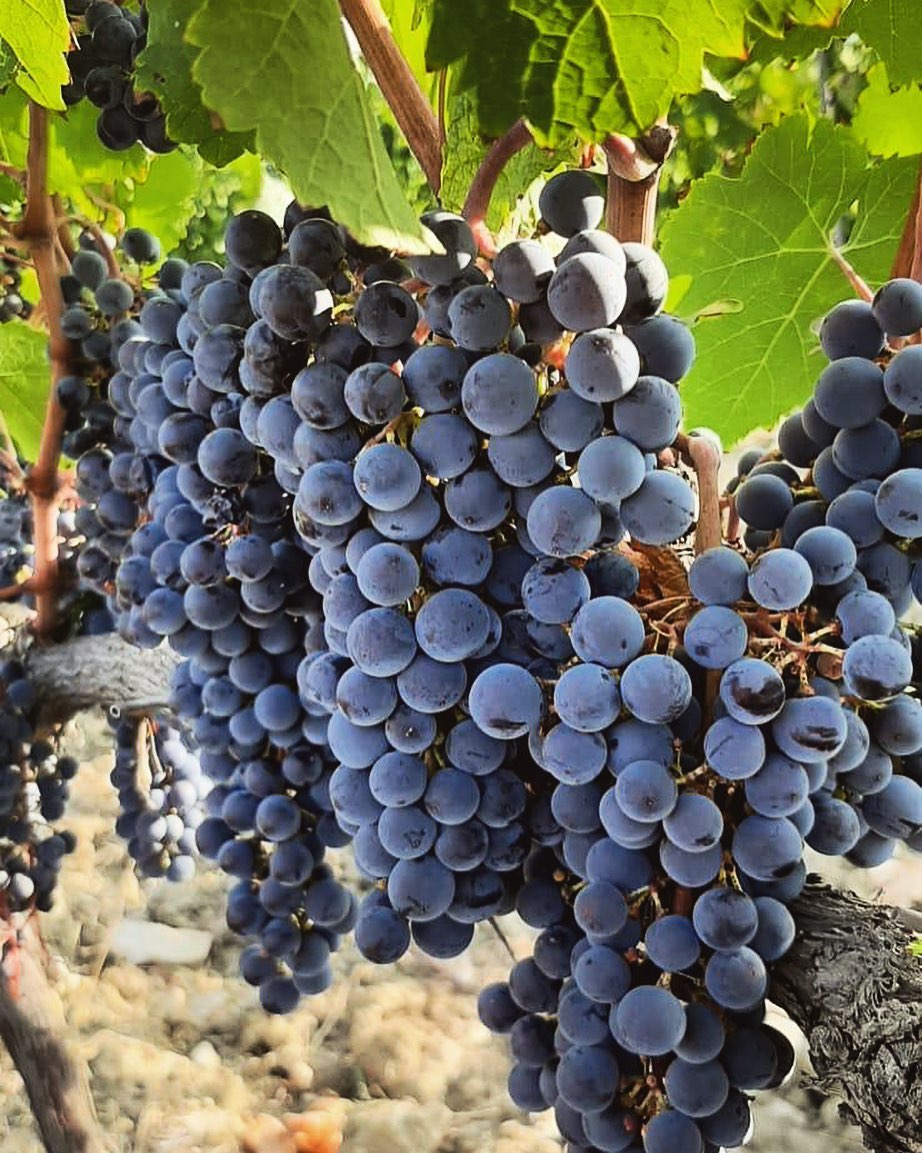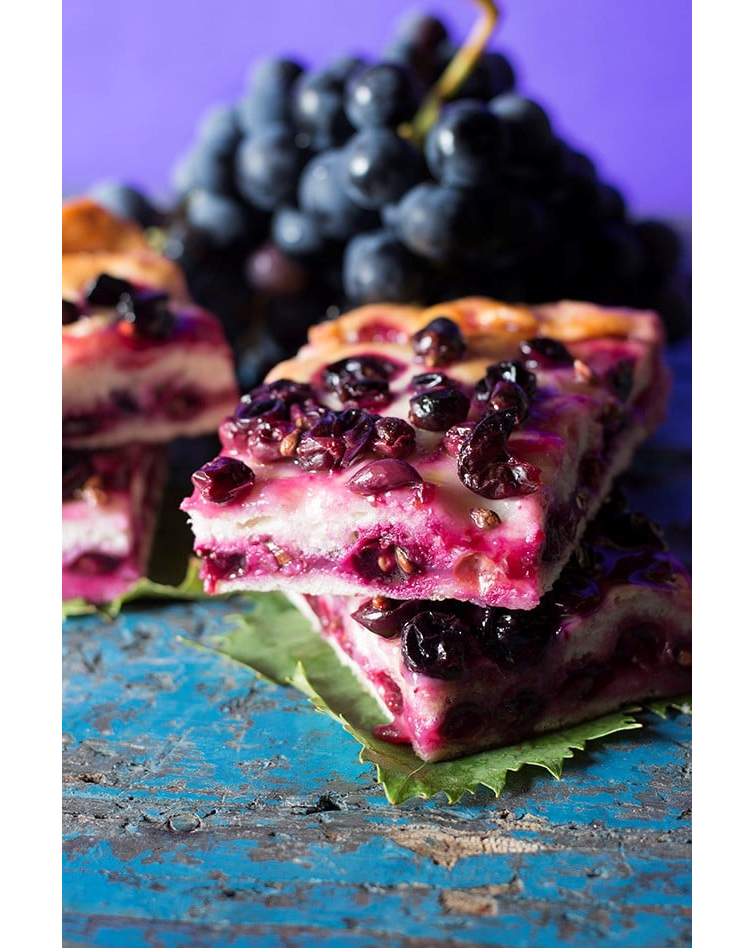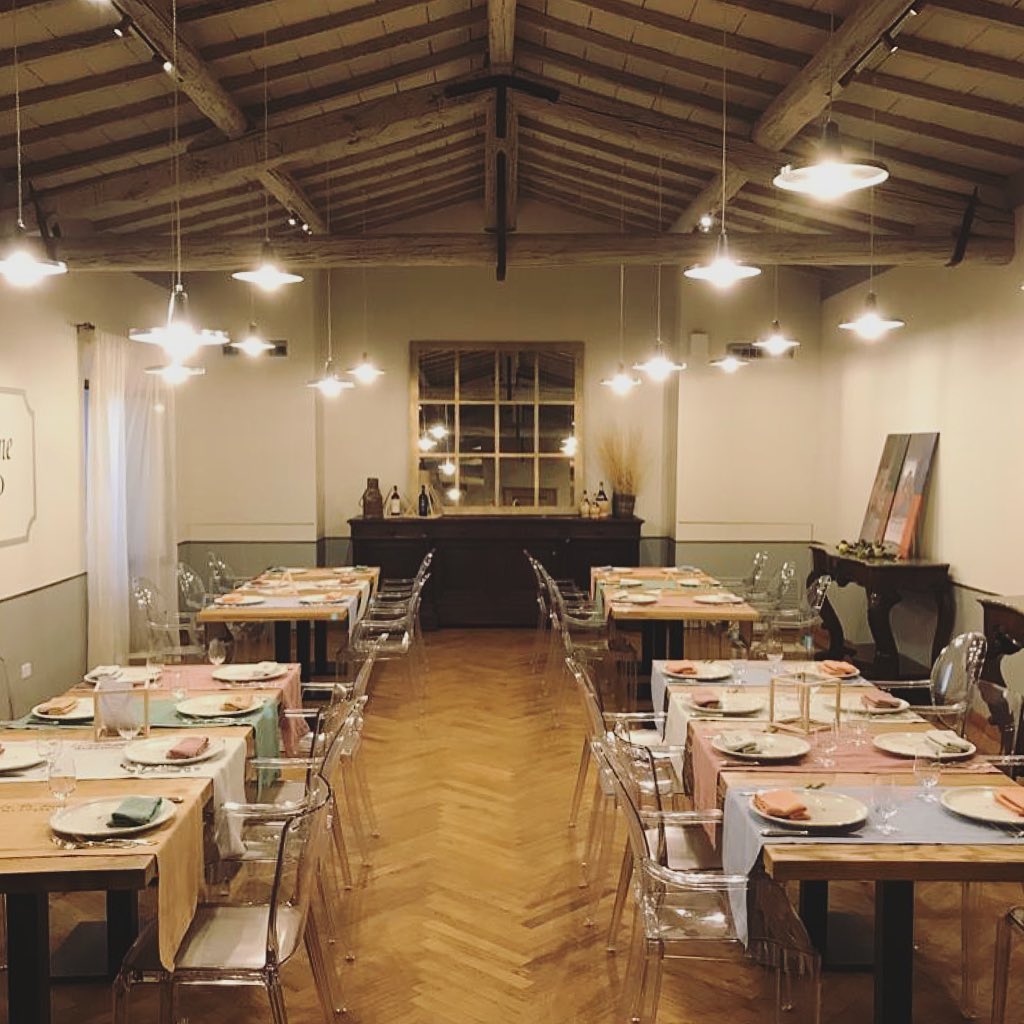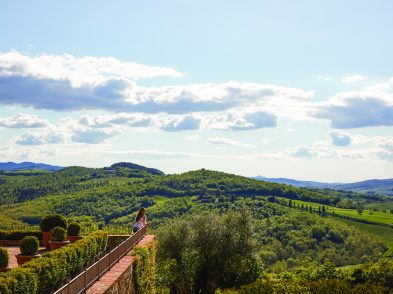Wine in Tuscany has undergone a quality revolution in recent years. The Sangiovese grape remains at the centre of it all. It is the grape that is most often associated with Tuscany, the favoured son of Mother Nature. It is an indigenous grape that has been at the heart of all great Tuscan red wines: Chianti, Chianti Classico, Brunello di Montalcino and Vino Nobile di Montepulciano. The roots of Sangiovese delve deep into the soil known as galestro, which is a rock that is easily worn and dominates the Apennine soils. Vines produce great wine when they suffer. Sangiovese is an elegant grape that can tell the story of its land and the men and women who populate it. Often the people are difficult, rough and hard to please, but when they are loved and managed, they are full of compassion.

Sangiovese ready for picking
Sangiovese is not an easy grape to grow. It matures late, which opens it up to potential risks. The plants come alive in March with a tear that leaks out of the trunk of the plant and indicates life. This is the moment when the flower on the plant gives space to the first green buds, also known as bud break. The green grapes will gain colour during the summer. Now we’re at the end of the summer, the last weeks are crucial to the maturation of the grapes, right before harvest. The harvest is usually around the middle of September through the beginning of October in Tuscany. In order to understand the exact right moment for harvest—when the grapes are perfectly matured—one needs talent, experience, intuition, and a bit of luck. At times, one waits a few days more before picking, but then there is an additional risk of the weather changing for the worse. One can’t harvest when it rains.
To understand the exact right moment to pick, “one should walk the vines,” according to Luigi Veronelli, a great wine writer and personality. Testing the berries is fundamental for understanding the maturation. There shouldn’t be too much resistance when picking nor should it be too easy to get off the vine. After a visual examination of the skin, which should be intact without any tears and mold, one should taste the berry for sweetness. The seeds in the berry should be crunchy but not bitter. When the grapes are considered ready, picking starts. The grapes need to be picked quickly and brought into the winery immediately. They need to be dry and have plenty of air and not too much on them. Along the road one can see tractors filled to the brim with berry crates along the undulating hills. In the winery, the grapes are destemmed, pressed and then put into tanks. The air is redolent with must that invades the countryside. The magic has begun: grapes are being made into wine, the atmosphere is light-hearted and this rite that has been part of Tuscany’s history for thousands of years is once again repeated.
The Recipe: Schiacciata con l’uva

The traditional grape harvest dessert in Tuscany is schiacciata con l’uva. It’s a delicious peasant sweet traditionally based on bread dough kneaded with sugar and high-quality olive oil, and topped with Sangiovese grapes. I can remember my grandmother always used to break off a piece of leavened dough to make us a focaccia. In September, the grape harvest time, the focaccia was transformed into schiacciata con l’uva, a true delicacy.
To make schiacciata con l’uva, roll out some leavened bread dough on a well-oiled baking tray. Then sprinkle the surface with fresh squeezed grape juice and some grapes previously kept in a bowl together with some sugar. This is covered with another thin layer of dough and decorated with some more sugared grapes.
The recipe has been taken from La Toscana di Ruffino: The Taste of Being Together © Ruffino S.r.l.
Opening soon…

On October 10, Le Tre Rane Ruffino restaurant will open at the company’s flagship winery and hotel on the Poggio Casciano estate. Nestled in the Chianti hills, near Bagno a Ripoli, cook Stefano Frassineti will head up the kitchen, serving dishes that are simultaneously creative and a confirmation of the Tuscan identity, using fresh seasonal local ingredients.
For information and reservations, email letrerane@ruffino.it or call +39 378 3050220
www.letreraneruffino.it
Follow @letreraneruffino on Instagram








